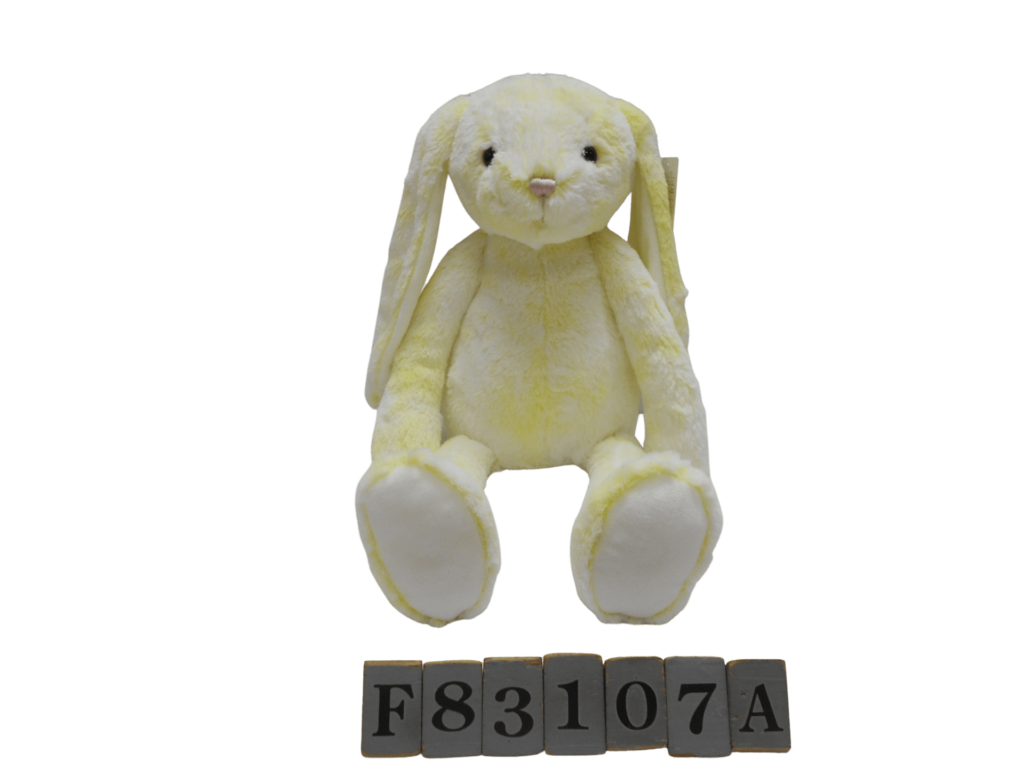
I. Introduction
A. The importance of eco-friendly initiatives and products
The need for environmentally friendly initiatives and products has never been more critical in today’s world. Climate change, pollution, and the depletion of natural resources are pressing issues that require urgent attention. As a result, more and more companies and organizations are stepping up and taking responsibility for their impact on the environment. They are seeking out sustainable alternatives to traditional products and practices to reduce their carbon footprint and preserve the planet for future generations.

Eco-friendly products are better for the environment and can be more cost-effective in the long run. They often last longer, reducing the need for frequent replacements and minimizing waste. Additionally, many consumers are increasingly aware of the environmental impact of their purchases, making eco-friendly products a popular choice that can also improve a company’s reputation and brand image.
B. Introducing eco-friendly recyclable plush toys for organizations
One innovative solution for organizations embracing sustainability is eco-friendly, recyclable plush toys. These cuddly companions are made from sustainable materials like organic cotton and natural dyes, ensuring they are safe for both children and the environment. Moreover, they are designed to be easily recycled, reducing waste and diverting materials away from landfills.
Environmentally conscious organizations can use these eco-friendly plush toys for a variety of purposes, such as promotional giveaways, fundraising items, or even as part of their educational programs. Companies and organizations can demonstrate their commitment to sustainability by choosing recyclable plush toys while providing a fun and engaging product that appeals to a wide range of audiences.
II. Eco-Friendly Materials and Manufacturing
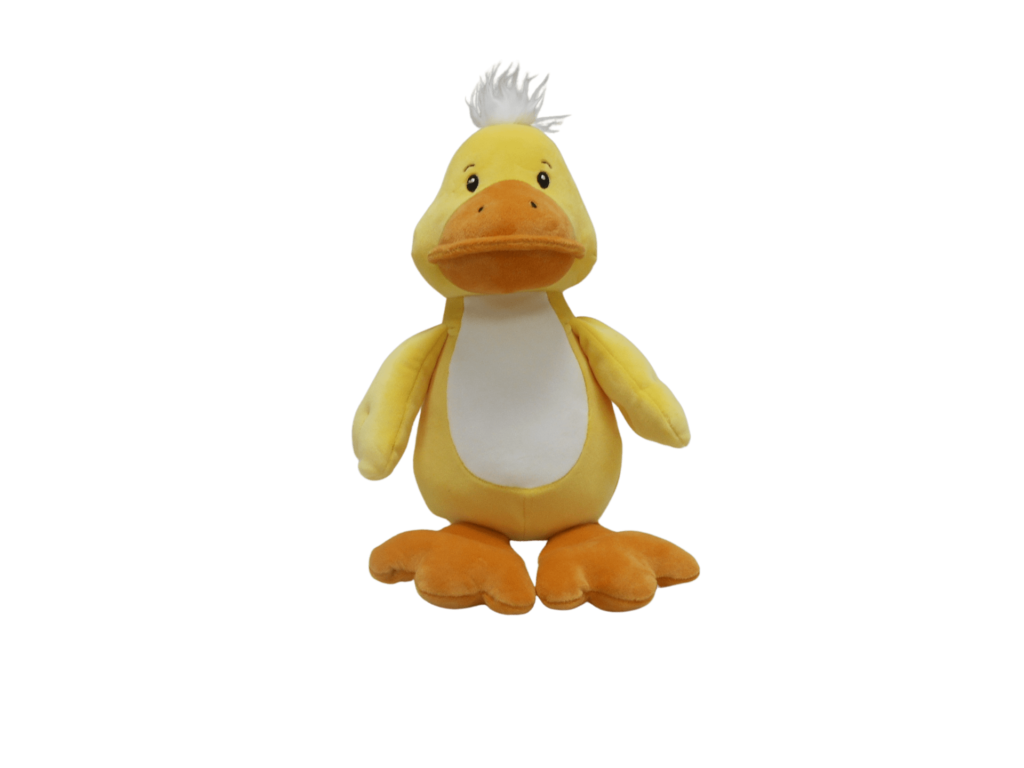
A. Common materials used in eco-friendly stuffed animals (e.g., organic cotton, natural dyes)
Eco-friendly stuffed animals are made from various sustainable and non-toxic materials to ensure they are safe for children and the environment. Some of the most common materials used in the production of these toys include:
- Organic cotton: This natural fiber is grown without harmful chemicals, such as synthetic pesticides and fertilizers, making it a safer and more sustainable option than conventional cotton. Organic cotton is soft, hypoallergenic, and perfect for creating cuddly plush toys.
- Natural dyes: Traditional synthetic dyes can contain harmful chemicals and contribute to water pollution. Eco-friendly plush toys often use natural dyes derived from plants, fruits, or minerals, which are safer for the environment and for those who come into contact with the toys.
- Recycled materials: Some eco-friendly plush toys incorporate recycled materials, such as stuffing from recycled plastic bottles or fabric from reclaimed textiles. This not only diverts waste from landfills but also helps to conserve resources by reusing existing materials.
B. The process of creating plush toys from recycled materials (e.g., plastic bottles)
Creating plush toys from recycled materials involves a multi-step process that transforms waste into valuable resources. Here’s an overview of the process using plastic bottles as an example:
- Collection and sorting: Used plastic bottles are collected, cleaned, and sorted by type and color.
- Shredding and melting: The bottles are shredded into small flakes and then melted to form a viscous liquid.
- Spinning into fibers: The melted plastic is extruded through a spinneret to create thin fibers, which are then cooled and solidified.
- Creating fabric: The fibers are spun into yarn, which can be woven or knitted into a fabric suitable for making plush toys.
- Toy production: The fabric is cut, sewn, and stuffed to create the final plush toy product, incorporating eco-friendly materials such as organic cotton and natural dyes where necessary.
C. Ensuring safety standards and environmental responsibility in the supply chain
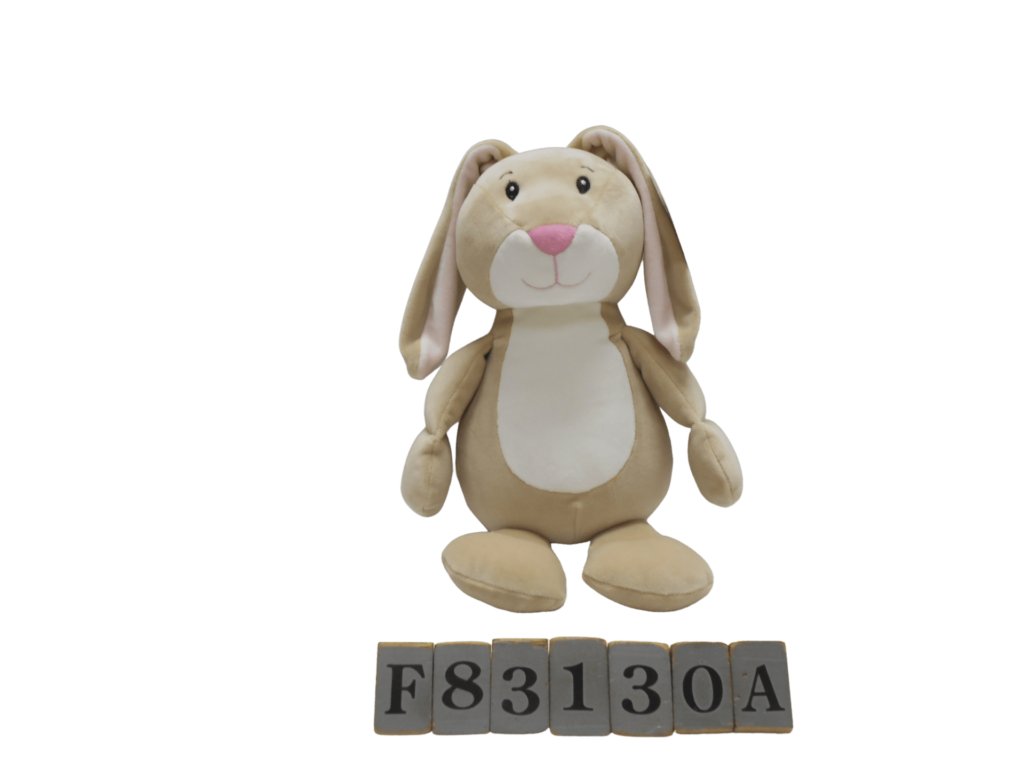
Eco-friendly plush toy manufacturers must maintain strict safety standards and ensure environmental responsibility throughout their supply chain. This includes:
- Sourcing materials: Manufacturers should prioritize using sustainable, ethically sourced materials with minimal environmental impact.
- Production processes: Eco-friendly production methods should be employed, such as using water-based adhesives, energy-efficient equipment, and minimizing waste wherever possible.
- Compliance with safety regulations: All toys should be tested and certified to meet international safety standards, ensuring they are free from harmful substances and safe for children to play with.
- Responsible packaging: Packaging materials should be chosen sustainably, such as using recycled or biodegradable options and minimizing excess packaging.
- Ethical labor practices: Manufacturers should ensure fair working conditions, adequate wages, and safe environments for their workers, adhering to ethical labor standards throughout the supply chain.
III. Benefits of Recyclable and Eco-Friendly Plush Toys

A. Reduced environmental impact (e.g., emissions, landfills)
Recyclable and eco-friendly plush toys significantly reduce the environmental impact associated with toy manufacturing. By using sustainable materials and production methods, they help to decrease greenhouse gas emissions, conserve resources, and divert waste from landfills. This contributes to a cleaner, healthier environment for current and future generations.
B. Addressing climate change and promoting sustainability
Climate change is one of the most pressing global issues we face today. Companies and consumers can take a stand against climate change and promote sustainable practices by choosing to manufacture and purchase eco-friendly toys. This helps reduce the industry’s carbon footprint and sets a positive example for other industries.
C. The importance of educating children about the environment
Introducing children to eco-friendly toys can serve as a valuable teaching tool, helping them understand the importance of protecting the environment and making sustainable choices. As children interact with these toys, they learn about recycling, resource conservation, and their choices’ impact on the planet, fostering a sense of environmental stewardship from a young age.
D. The difference between recyclable and eco-friendly toys
Recyclable toys are designed to be easily disassembled, and their components reused or recycled at the end of their life cycle. Eco-friendly toys, on the other hand, are made from sustainable, non-toxic materials and produced using environmentally responsible methods. While both types of toys contribute to environmental protection, eco-friendly toys prioritize sustainability from the start of their production. In contrast, recyclable toys focus on reducing waste at the end of their life.
E. Benefits of using recycled materials in toy manufacturing
There are several benefits to using recycled materials in the manufacturing of plush toys:
- Resource conservation: Utilizing recycled materials helps to conserve natural resources by reducing the demand for raw materials like wood, water, and minerals.
- Energy savings: Manufacturing products from recycled materials typically requires less energy than producing them from new, raw materials. This results in lower energy consumption and reduced greenhouse gas emissions.
- Waste reduction: Using recycled materials diverts waste from landfills and reduces the overall volume of waste generated by the toy industry.
- Cost savings: In some cases, using recycled materials can result in cost savings for manufacturers, which may be passed on to consumers through lower prices.
- Encouraging a circular economy: By using recycled materials in toy manufacturing, companies can help to promote a circular economy, where resources are reused and recycled rather than discarded, minimizing waste and maximizing value.
IV. Popular Eco-Friendly Plush Toy Brands and Products
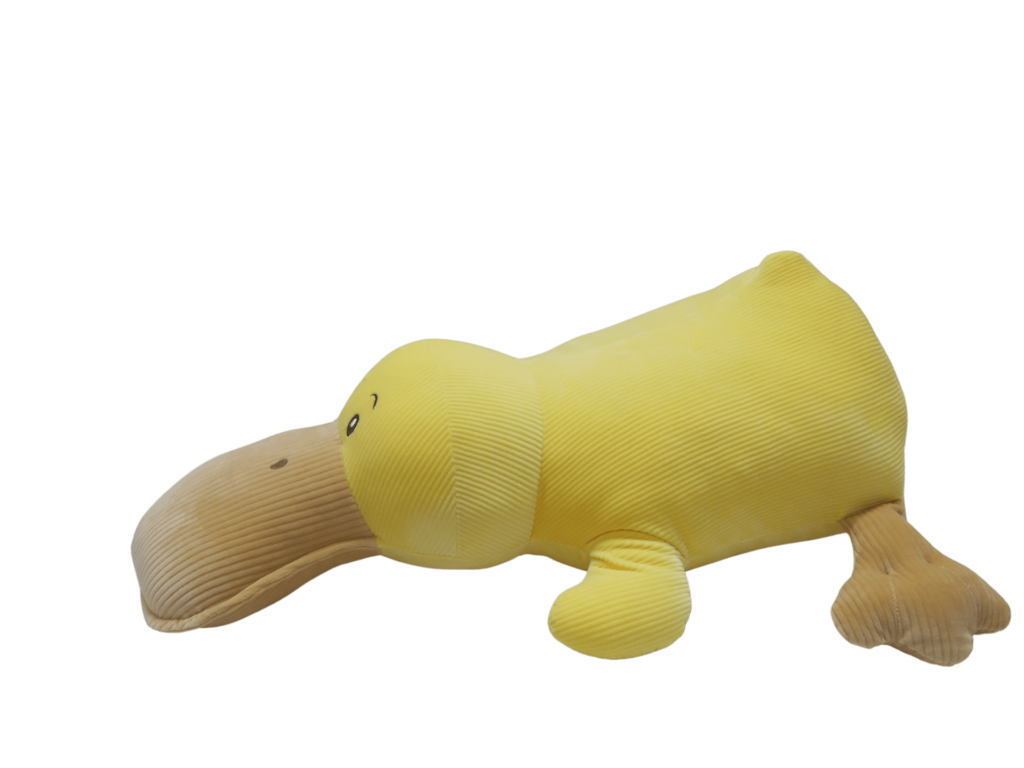
A. Examples of eco-friendly toy brands and their offerings
Many toy brands have recognized the importance of eco-friendliness and sustainability, offering products that align with these values. Some popular eco-friendly plush toy brands include:
- Green Toys: Known for their commitment to sustainability, Green Toys produces a variety of eco-friendly toys made from recycled materials, including plush animals and playsets.
- West Paw: West Paw is dedicated to producing eco-friendly dog toys, including plush toys made from their signature Zogoflex, recyclable and BPA-free material.
- Under the Nile: This brand specializes in organic cotton toys, including plush animals and dolls, that are both soft and environmentally friendly.
B. Unique toys made from recycled materials (e.g., sea turtle plush from recycled water bottles)
Innovative manufacturers are creating unique plush toys from recycled materials that delight children and raise awareness about environmental issues. One example is a sea turtle plush toy made entirely from recycled water bottles, showcasing the potential for repurposing waste materials into beautiful, functional products.
C. Eco-friendly toys for various age groups and purposes (e.g., teething, cuddly, educational)
Eco-friendly plush toys cater to different age groups and purposes, ensuring that there’s something for everyone:
- For infants and toddlers, eco-friendly teething toys made from natural materials like organic cotton or wood are a safe, non-toxic alternative to conventional plastic options.
- Cuddly toys: Soft and huggable, eco-friendly plush animals made from sustainable materials like organic cotton provide comfort and companionship for children of all ages.
- Educational toys: Interactive, eco-friendly plush toys can help children learn about the environment, animals, and conservation while engaging their senses and imagination. These toys often include informative labels or accompanying materials that educate children about the natural world and the importance of protecting it.
V. Purchasing and Supporting Eco-Friendly Plush Toys
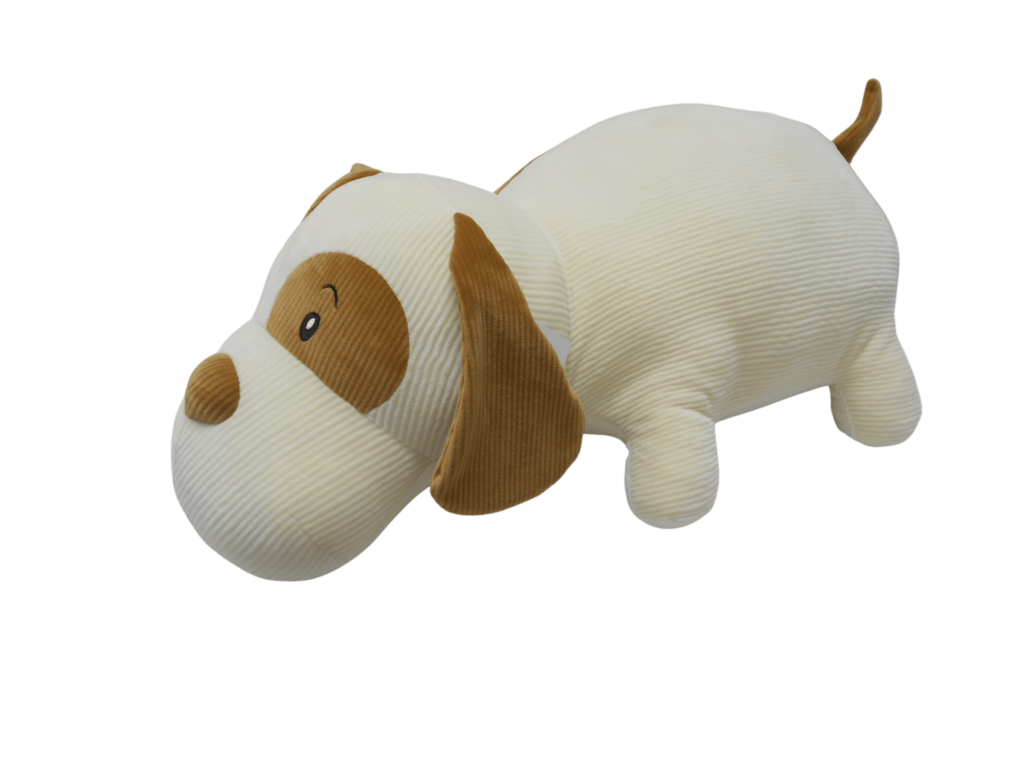
A. Where to find and buy recyclable plush toys (e.g., online platforms like Amazon and specialized stores)
Recyclable and eco-friendly plush toys can be found through various channels, making it easy for consumers to choose sustainable options. Some of the most popular avenues include:
- Online platforms: Websites like Amazon offer a wide range of eco-friendly plush toys from various brands, making it easy to compare options and read reviews from other customers.
- Specialized stores: Many brick-and-mortar stores focus on eco-friendly, sustainable products, including toys. These stores often carry a curated selection of environmentally friendly plush toys from different brands.
- Brand websites: Some eco-friendly toy brands sell their products directly through their websites, allowing customers to buy from the source and learn more about the company’s sustainability initiatives.
B. Supporting companies with eco-friendly initiatives and product development
Consumers can support companies prioritizing sustainability and environmental responsibility by purchasing eco-friendly plush toys. In addition to buying their products, there are other ways to support these companies and their initiatives:
- Share their story: Spread the word about eco-friendly toy companies and their products through social media, blogs, or word of mouth, helping to raise awareness about their efforts and encourage others to make environmentally conscious choices.
- Engage with the company: Follow eco-friendly toy brands on social media, sign up for their newsletters, and participate in community initiatives, such as environmental cleanups or fundraising events.
- Provide feedback: Share your experiences with eco-friendly plush toys, including any suggestions for improvement, to help companies refine their products and continue developing innovative, sustainable solutions.
VI. Conclusion
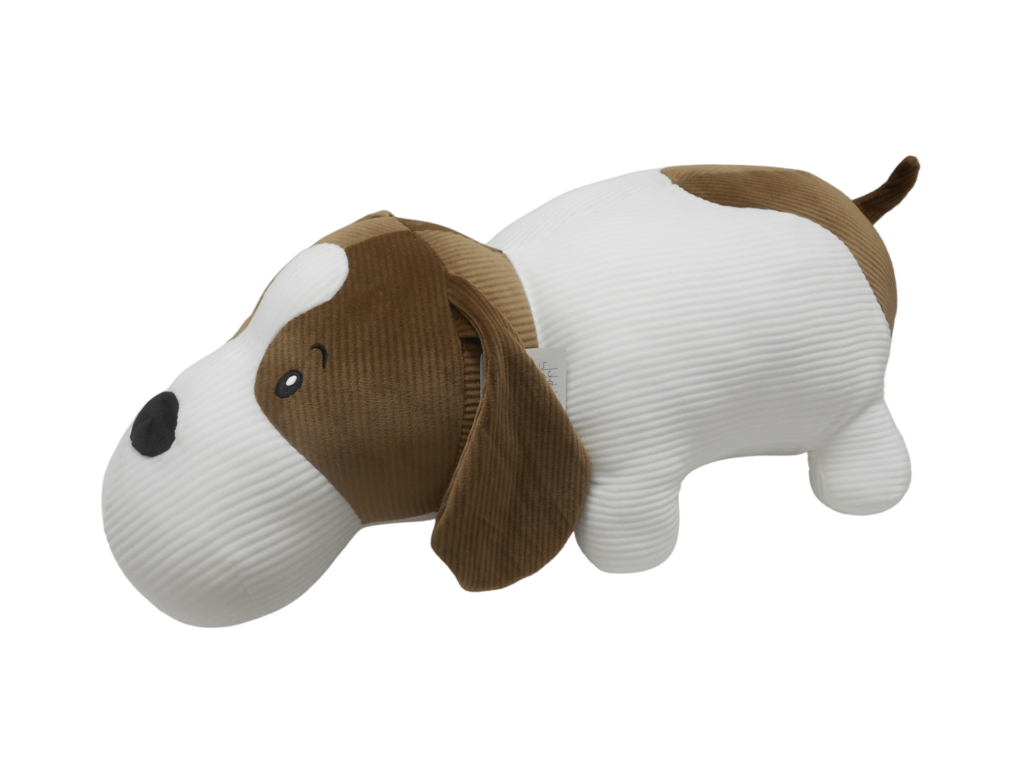
A. The significance of embracing sustainable and eco-friendly plush toys
In conclusion, adopting sustainable and eco-friendly plush toys is an important step towards protecting our environment and promoting a greener future. By choosing these products, we can reduce our carbon footprint, minimize waste, and help conserve valuable resources. Furthermore, these toys serve as a powerful educational tool to teach children about the importance of environmental responsibility and instill lifelong eco-friendly habits.
B. Encouraging readers to consider eco-friendly toy options for their organizations
As consumers, organizations, or businesses, we must be mindful of our purchasing decisions and their environmental impact. By choosing eco-friendly and recyclable plush toys, we can support companies prioritizing sustainability and creating positive change. Let’s embrace eco-friendly toys for our organizations and contribute to a greener future.
